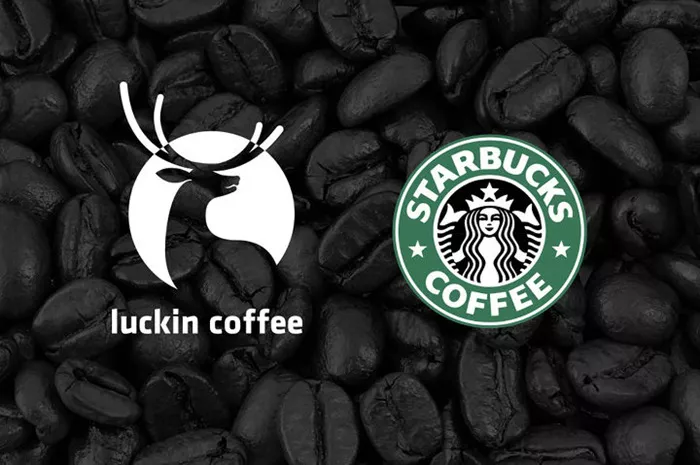As Starbucks Corp. embarks on a major overhaul under new CEO Brian Niccol, its Chinese rival, Luckin Coffee, is set to challenge the coffee giant in the U.S. with low-priced drinks, potentially as soon as next year.
This marks a dramatic comeback for Luckin, which went public in New York in 2019, raising $645 million. However, the company’s journey has been rocky. In 2020, it admitted to inflating sales by $307 million, resulting in its delisting from Nasdaq and a $180 million fine from the U.S. Securities and Exchange Commission. Now, four years later, Luckin has emerged as China’s leading coffee chain, surpassing Starbucks in both sales and store count.
In contrast, Starbucks is facing challenges. The company’s revenue has dropped for three consecutive quarters, and same-store sales in the U.S. have fallen by 10%. Efforts to boost sales through new products and promotions have not been enough to attract more customers, according to the company.
One key issue is Starbucks’ mobile app, which has become a major part of its operations, accounting for over a third of transactions. However, the app’s user experience has led to increased wait times and growing customer dissatisfaction. Customization, a feature Starbucks pioneered, has become cumbersome through the app.
By comparison, Luckin’s digital ordering system has been more efficient. Founded in 2017, the company operates entirely through its app, eliminating the need for separate in-person and mobile order lines, a problem Starbucks has struggled with. This streamlined approach has been a major factor in Luckin’s success.
While Starbucks relies on an extensive menu to appeal to younger customers, Luckin takes a different approach. Instead of offering endless variations, it regularly introduces limited-time items to keep its menu fresh and simple. This strategy proved successful this summer when Luckin sold over 44 million cups of a jasmine tea drink in just one month, capitalizing on the milk-tea trend among young Chinese consumers.
At Starbucks, Niccol is working to reduce customer wait times and simplify operations for overworked baristas. He is removing less popular menu items, like olive oil-infused coffee, and reintroducing the condiments bar for customers to customize their drinks. His goal is to make Starbucks locations more inviting and less transactional. However, Starbucks also faces the issue of rising prices. In the U.S., the average cost of a Starbucks order has increased by 51% since the pandemic, outpacing the 34% growth in disposable income, according to JPMorgan Chase & Co. Meanwhile, a basic latte at Luckin costs about $2.
While Luckin’s U.S. expansion remains uncertain, it has a strong chance of success. Americans may be wary of downloading a Chinese app due to concerns over data privacy, but Luckin plans to focus on cities with large Chinese student populations and tourists, who are likely already familiar with the app.
The upcoming battle between Starbucks and Luckin is ultimately about what consumers value in their coffee. For many, it’s less about individualism and more about routine—a habit that Luckin hopes to tap into.
Related Topics:
- Is Luckin Coffee a Good Investment?
- How to Buy Luckin Coffee Stock: A Full Guide
- Luckin Coffee Franchise Costs, Profit & Requirements For 2024


